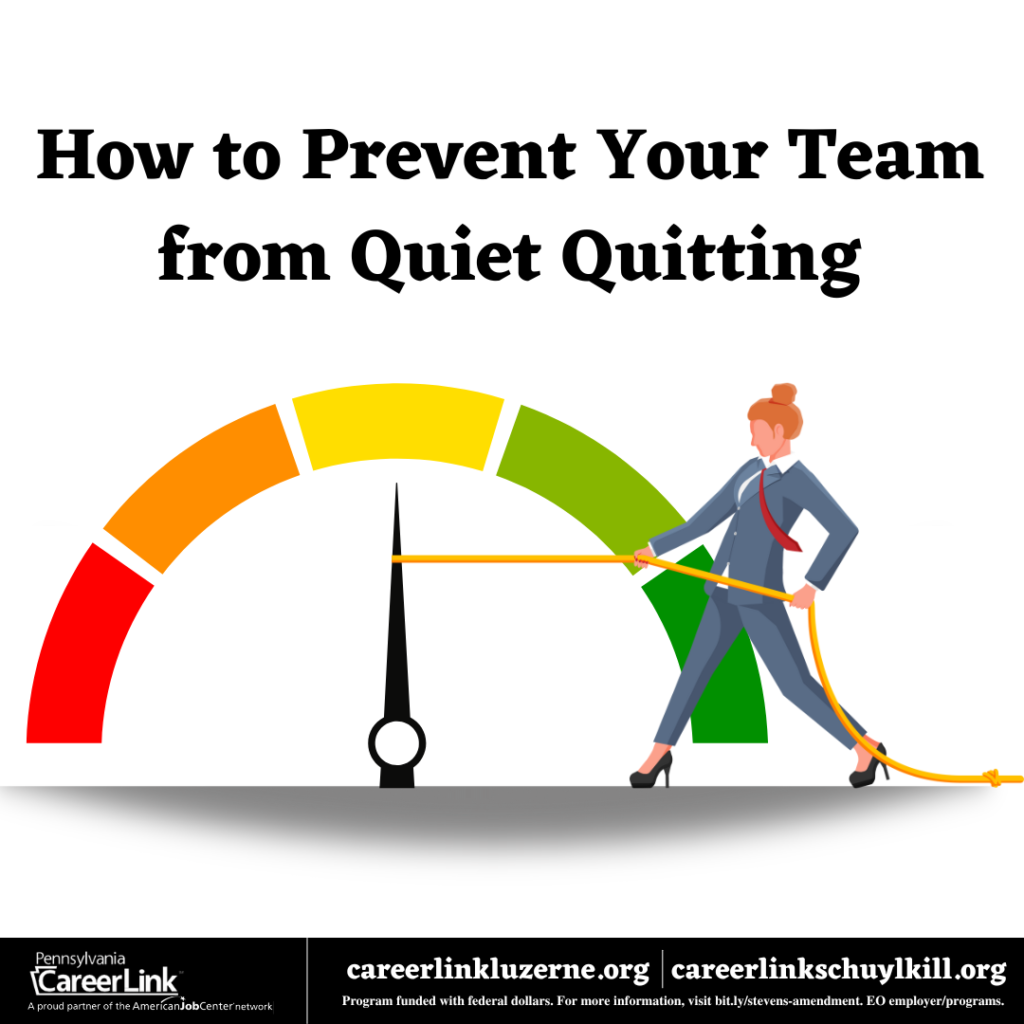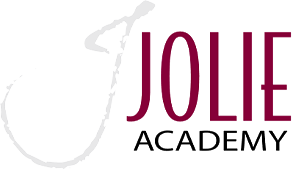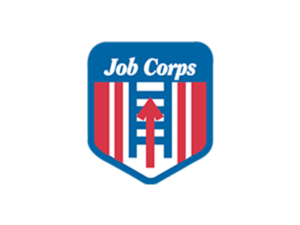
#QuietQuitting has taken the internet by storm with over 343 million videos on TikTok, 14,000 posts on Instagram, and 10,000 posts on Facebook underneath this trending hashtag. What is “Quiet Quitting”? Simply put, the term is a new name for employee disengagement. So-called “Quiet Quitters” are employees who are unmotivated to go above and beyond in their work and who produce the bare minimum output to stay employed. Employee disengagement lowers productivity and reduces team morale, which can negatively impact your company’s bottom line.
At first glance, quiet quitting may seem like an impossible problem to solve. You can’t motivate employees who are not interested in doing what it takes to succeed, right? Not necessarily. A study conducted by the Harvard Business Review indicates that quiet quitting has less to do with an employee’s willingness to work hard and more to do with feeling disconnected from their leader. Below are a few workplace best practices that you can use to reenergize your team.
Best Practice #1: Get honest about your concerns with your team.
If you feel like members of your team have become disengaged, carve out some time in your schedule to speak with them one-on-one. Ask your team members about what is going well and what are points of frustration for them at work. Listen to their response with an open and solution-oriented mindset. This will likely be an uncomfortable conversation. Stay open-minded, hear them out, and try to identify areas where both leadership and the employee can work together to create a more motivating work environment. Ask team members about their long-term career goals. Where do they see themselves professionally in five years? Do you have career growth opportunities that align with their goals? Can you develop a career growth plan together? Supporting your team’s professional goals can help get them excited to reengage with their work.
Best Practice #2: Find ways to combat potential causes of burnout.
Work-life balance has become a central topic of discussion over the last two years. Feeling overworked and overwhelmed may be the source of your employees’ disengagement. Take some time to reflect on your workplace culture and identify areas where you can support your team to succeed. To do this, Forbes suggests asking yourself the following questions:
- Has the team regularly been responding to late evening or early morning emails?
- Do some team members have months of accumulated PTO because they’ve not taken it consistently?
- Does your team have a “yes” culture or do they take on unnecessary meetings?
You can address these sources of burnout by supporting your team with positive reinforcement. Take time to celebrate company wins together, recognize when a team member does an exceptional job, and encourage your team to take their earned time off.
Best Practice #3: Build a relationship with your employees
Do you have a positive working relationship with your team? Do you ask about their families, their hobbies, or their interests? Does your team know about yours? You may feel like generational, cultural, or ideological differences between you and your employees prevents you from developing a strong professional relationship. However, chances are that you have something in common with each of your employees, and finding those similarities can help you to strengthen your rapport with your team. When staff feel more connected to you and other team members, they feel more able to take a collaborative approach to problem-solving and approach their leaders with concerns rather than ruminating on issues alone and disengaging with their work.
In summary, quiet quitting is a new term for a phenomenon that has posed a challenge to workforce development for quite some time. Employee disengagement may feel like an overwhelming challenge to tackle; however, taking the time to address your team’s professional concerns and open up a line for honest communication can help reinvigorate your workforce and support long-term growth. PA CareerLink® can be a source of support as you work to keep your team engaged. We offer quarterly employer development workshops, opportunities to fund employee training, and support with filling your open jobs. Click here to get in touch with our Business Services Team and learn more!















